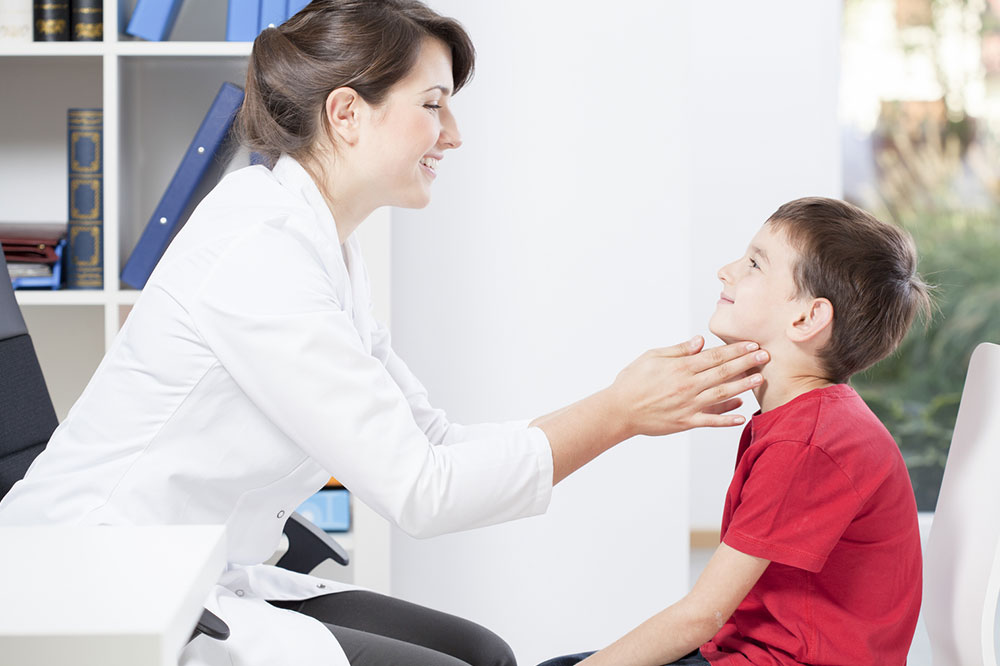
Signs and Causes of Pulmonary Arterial Hypertension in Children
Pulmonary Arterial Hypertension (PAH) in children is also known as Pediatric Pulmonary Hypertension (PH). This is a disorder in which there is high blood pressure on the pulmonary arteries (arteries in the lungs). PAH is a progressive disease, as the pulmonary arteries continue to shrink, it makes the right side of the heart work harder. The extra work can cause heart failure.
Symptoms and causes of Pulmonary Arterial Hypertension are so similar to other childhood conditions that evaluation and detection are often delayed.
Here are some of the causes of pulmonary arterial hypertension.
- Diseases
In some diseases, the blood flow out of the heart to the body is affected and results in the backflow of blood. This eventually raises the pulmonary venous pressures leading to pulmonary hypertension. - Hypoxic Pulmonary Vasoconstriction
In this process, the lung vessels narrow in an attempt to divert blood from poorly functioning segments of the lung. Gradually, the blood has low oxygen levels and this causes tightening of the vessels and raises the pressure. - Remodeling of Blood Vessels
In some diseases, the inner lining of the blood vessel narrows due to the inappropriate growth of tissues in and around the vessel, which increases the pressure on the arteries.
Symptoms and causes of Pulmonary Arterial Hypertension are often misunderstood and ignored in children if they are a bit overweight or lazy by nature. Many a time, the disease keeps progressing and worsens.
The signs or symptoms of Pulmonary Arterial Hypertension are as follows.
- Shortness of Breath
Shortness of breath is one of the first symptoms you might notice in your child. Activities, such as climbing stairs, walking and running, may become difficult, as PAH hinders the whole process of moving oxygen-rich blood into and through the lungs. - Fatigue and dizziness
When the lungs don’t get enough blood for proper functioning, the body and the brain don’t get sufficient oxygen. Without the ample supply of oxygen, the child might find it difficult to carry on with their daily routine. The child will get tired easily and early. Sometimes, the child might even feel dizzy or faint. - Swelling in the limbs
Without the proper supply of oxygen, the kidneys will fail to flush out waste from the body. Fluid retention increases and causes swelling in the ankles, legs, and feet. - Blue Lips
The heart pumps oxygen-rich blood throughout the body to help it function properly. However, if a child is suffering from Pulmonary Arterial Hypertension, the body won’t be able to get enough oxygen, making the skin and lips become bluish in color. - Irregular heartbeat and chest pain
The increased pressure makes the heart’s muscles work harder, making them weak over time. A weak heart finds it difficult to beat and work normally. This may result in irregular heartbeat or palpitations. The increased blood pressure may cause chest pain as well.
The symptoms and causes of Pulmonary Arterial Hypertension differ among children and the severity of the symptoms can be different too. Just listen to your child, keep a tab on their activities, and don’t ignore any of the signs.


